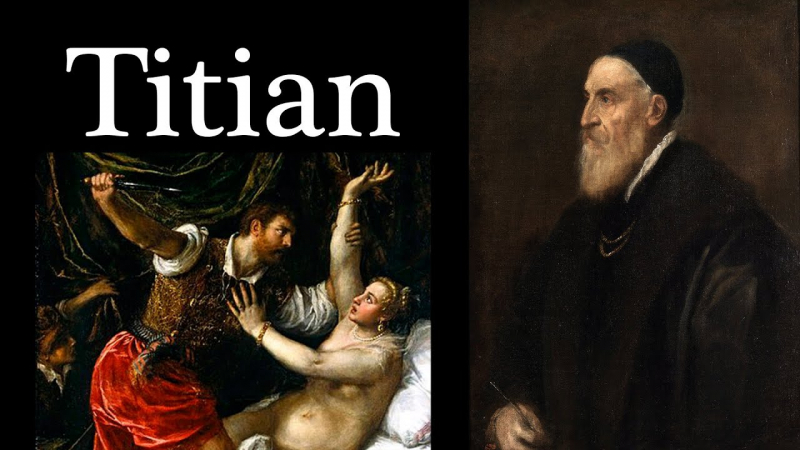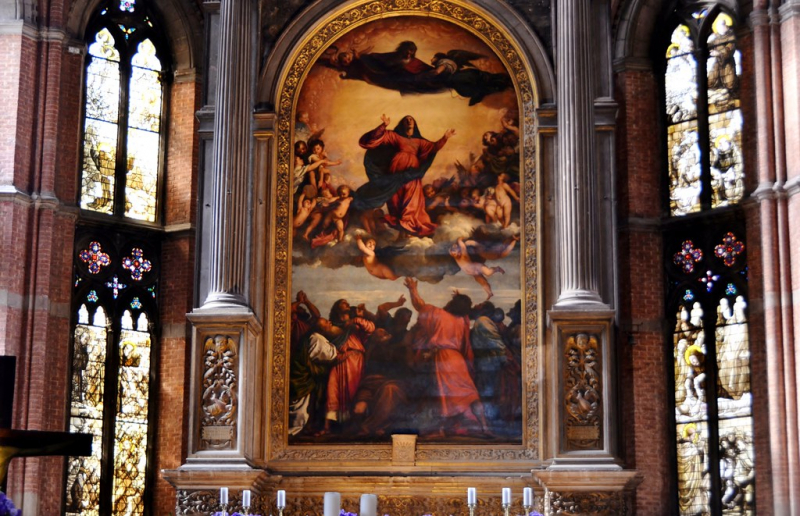Titian
Titian, the originator of the Venetian style of Renaissance painting, is the next Renaissance artist on our list. Titian was often recognized as the greatest Venetian artist of the 16th century, owing mostly to his mastery of color. His painting flexibility was evident in his many works, as he experimented with portraits and landscapes, as well as religious and mythical subjects.
Before his renown was established, Titian began his profession as a youth. This eventually led to his painting for royalty and prominent persons throughout Europe, including King Philip II of Spain and Pope Paul III. Titian's paintings were noted for their versatility in terms of depth and emotions since he could express exuberant happiness as effectively as terrible sorrow. He was also recognized for his extensive use of sensual thoughts and ideals in his paintings, which demonstrated how effortlessly he transitioned between subjects.
Titian worked hard to show his figures as realistically as possible, using his oil technique to paint with precision, delicacy, and tenderness. This was supposed to heighten the sensuality of his works, which were inspired by Titian's representations of female nudity. Titian was claimed to have represented his personal passions in his paintings, therefore some of his paintings were particularly sexually explicit for the Renaissance. As a result, Titian is credited for permitting Church rulers and princes to request sexual seductions as easily as crucifixions.
Titian was far ahead of his time, combining concepts from the High Renaissance and Mannerism to create his unique style.
This resulted in his power in Venetian art, since his ingenuity enabled the city to compete with other great cultural hubs such as Florence and Rome. Titian's paintings became darker and more impressionistic towards the conclusion of his career. These paintings were characterized by loose brushstrokes and a very suggestive application of paint, allowing Titian to produce a fluidity in his works that added to a heightened sense of emotion.
For 60 years, Titian was regarded as the pinnacle of Venetian art. While the subjects of his paintings changed over time, Titian was always able to maintain a distinct sense of bright colors in his works. Titian's paintings, dubbed "The Sun Amidst Small Stars" by his contemporaries, were well-known forerunners to the emotional movement of the Baroque period. Today, he is largely regarded as the greatest painter of all time, as his style and technique had a significant influence on Western art.
Lifespan: c. 1488/1490 – 1576
Nationality: Italian
Art Movements: Renaissance
Most Famous Artworks
- Assumption of the Virgin (1518)
- Bacchus and Ariadne (1523)
- Venus of Urbino (1538)












